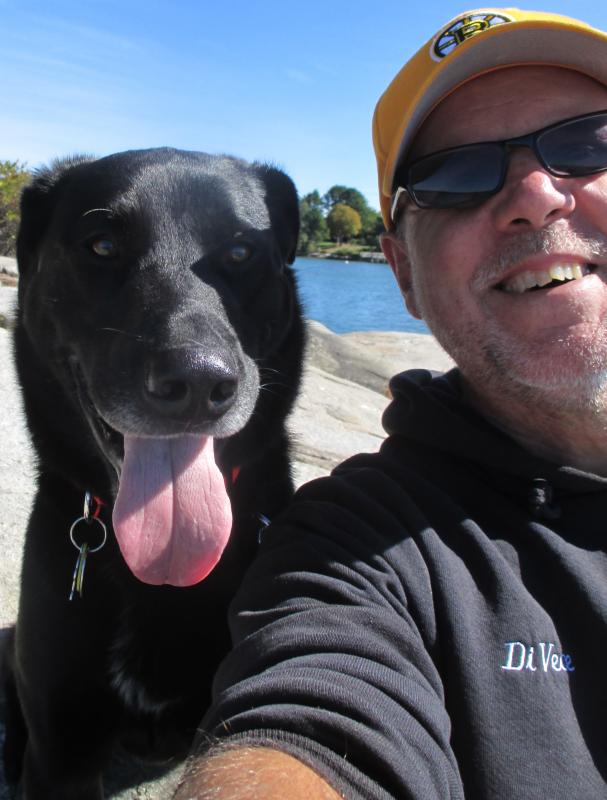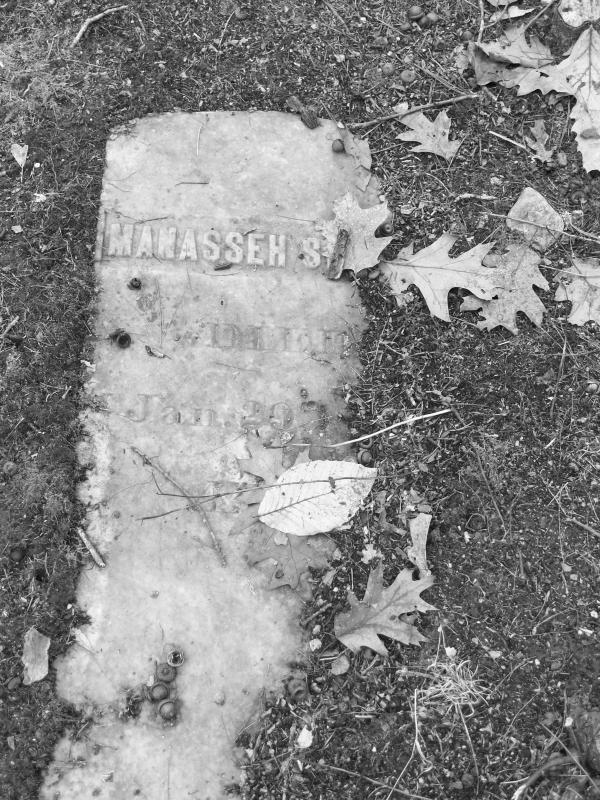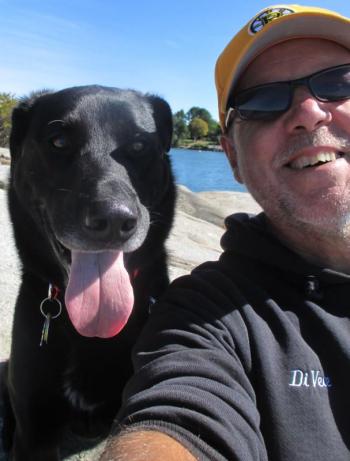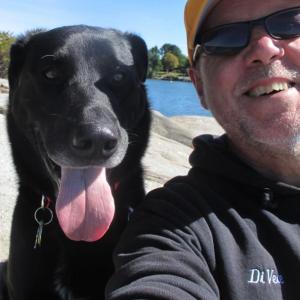Wiscasset’s Texas connection

 Manasseh Sevey’s gravestone lies nearly buried in the family cemetery near Seavy Hill. Long ago, Sevey and his brothers fought in the Texas War for Independence. PHIL DI VECE/Wiscasset Newspaper
Manasseh Sevey’s gravestone lies nearly buried in the family cemetery near Seavy Hill. Long ago, Sevey and his brothers fought in the Texas War for Independence. PHIL DI VECE/Wiscasset Newspaper
 The Texas volunteers fought under a number of flags during the fight with Mexico. The lone star flag was flown by the Texas Republic from 1836 to 1845 and is now the Texas state flag.
The Texas volunteers fought under a number of flags during the fight with Mexico. The lone star flag was flown by the Texas Republic from 1836 to 1845 and is now the Texas state flag.

 Manasseh Sevey’s gravestone lies nearly buried in the family cemetery near Seavy Hill. Long ago, Sevey and his brothers fought in the Texas War for Independence. PHIL DI VECE/Wiscasset Newspaper
Manasseh Sevey’s gravestone lies nearly buried in the family cemetery near Seavy Hill. Long ago, Sevey and his brothers fought in the Texas War for Independence. PHIL DI VECE/Wiscasset Newspaper
 The Texas volunteers fought under a number of flags during the fight with Mexico. The lone star flag was flown by the Texas Republic from 1836 to 1845 and is now the Texas state flag.
The Texas volunteers fought under a number of flags during the fight with Mexico. The lone star flag was flown by the Texas Republic from 1836 to 1845 and is now the Texas state flag.
Two of Wiscasset’s current select board members, Terry Heller and Dusty Jones, hail from Texas. But long before they arrived in Maine’s Prettiest Village, Wiscasset had a connection to the Lone Star State. Listen now to the story of the four Wiscasset brothers who fought in the Texas War for Independence from Mexico. They didn’t stand with Col. Travis, Davy Crockett or Jim Bowie at the Alamo, but two of them fought with Gen. Sam Houston at San Jacinto, the decisive battle of the Texas Revolution on April 21, 1836.
The Wiscasset foursome were the Sevey brothers, Manasseh, Ralph, Joseph and Theodore. They were the sons of Col. Samuel and Hannah Sevey who resided on a farm just south of the village. The elder Sevey earned his military title for having commanded an artillery company in the Massachusetts Militia during the War of 1812.
Ralph Sevey, the oldest of the four brothers, left Wiscasset to seek his fortune in Kentucky. He was soon joined by Manasseh, a graduate of Bowdoin College in Brunswick, class of 1832. It was after attending a recruiting rally in Lexington the brothers enlisted in the Texas cause. They signed on with Capt. Sidney Sherman’s Company of Kentucky volunteers that gained fame for their shooting accuracy and came to be called the “Kentucky Rifles.” The Sevey brothers and other volunteers joined the fight with the promise of free land in the new republic should the insurrection against Mexico prove successful.
The two Wiscasset natives arrived in the territory of Texas in January 1836. Manasseh and Ralph Sevey’s names appear on the muster roll of Capt. William Woods, commander of Company A of the 1st Regiment. The military records also reveal the Sevey brothers took part in the historic San Jacinto battle on April 21, 1836. General Sam Houston himself led the volunteers in the fight with the rallying cry, “Remember the Alamo!” Houston’s volunteer army engaged and defeated General Santa Anna’s Mexican regulars in a fight that lasted under 30 minutes!
After the fighting was over Ralph and Manasseh remained in Texas. Manasseh transferred to the Engineering Corps and continued serving in the Texas Army as a lieutenant until May 4, 1837. According to historical records available through the San Jacinto Museum at La Porte, Texas, Manasseh Sevey settled in the growing frontier city of Houston and soon became involved in politics. He was elected a city alderman and obtained a minor post in the newly formed Texas government.
But then Manasseh’s story took a strange twist. In January 1839, he legally changed his first name to William. Strange indeed because Manasseh had an older brother named William who had died five years earlier in the city of New Orleans. Manasseh abruptly left a promising career in Texas politics and moved to Louisiana and became a surveyor. He sold his Texas land and settled in Baton Rouge. A few years later, he married a Southern belle, Margaret S. Miller, the daughter of the Donaldsonville postmaster in Ascension Parish. He remained there until the outbreak of the Civil War in 1861. He then fled the Land of Dixie, and returned alone to Wiscasset where he resumed using Manasseh as his first name. He died at the family farm in Wiscasset on Jan. 29, 1863, at the age of 51. His grave can be found in the Sevey family cemetery near Sevey Hill.
Ralph Sevey, too, had distinguished himself in battle; Gen. Sam Houston himself recommend him for promotion to 2nd lieutenant. In 1838 Ralph was issued 640 acres in Harris County, Texas. But his life, too, took an unexpected turn and not for the better. After shooting and killing a rival, he abruptly left Texas never to return. After moving to New Orleans, he enlisted in the U.S. Army and served five years at Fort Gratiot on Lake Huron in Michigan. After leaving the Army, Ralph then settled in Michigan at Huron City, a lumber camp. He lived there alone for 25 years under an assumed name, Robert Emerson. Back home in Wiscasset his family thought Ralph had died. Then in May 1871 the family received a letter postmarked Huron City, Michigan. “This may surprise you but it is nevertheless true, it is your brother Ralph who writes you,” he wrote to his astonished family. Five years later, Ralph decided to return to Wiscasset; he was preparing for the trip home when he died suddenly. His body was found on August 17, near the head of Saginaw Bay on Lake Huron, the cause of his death is unknown.
The other Sevey brothers, Joseph and Theodore Sevey traveled far different paths in their Texas adventures. Joseph, born in 1807 witnessed the Texas War for Independence from a different perspective, the sea. He enlisted in the Texas Navy and also rose to the rank of lieutenant. Military service records archived for the Republic of Texas reveal Ralph served aboard three different ships: two schooners the, Invincible and Liberty, and a steamer called the, Cayuga.
Following the war Joseph returned to Wiscasset, settled down and in 1853 married Sarah Taylor, a local lass. He lived a long life, outliving all but one of his 12 brothers and sisters. He passed away quietly at the age of 81 in 1888.
Theodore Sevey, the youngest of the four brothers was the 10th child of Samuel and Hannah Sevey. Born in 1818, he was 18 or 19 years old, when the Texas War for Independence broke out. Unlike his brothers Theodore Sevey was intent on a military career from a young age, his name appears on the 1836 Cadet Register for the United States Military Academy at West Point. After graduating from the academy, he headed west to join his brothers and enlisted in the newly formed Republic of Texas Army. Military payroll records archived in the Texas State Library reveal that Theodore Sevey was paid both as a private and later as a lieutenant from 1840 to 1841. Other records show of Theodore Sevey’s nomination and approval as a first lieutenant. Arriving too late to fight in the Texas War for Independence Theodore took part in the July 1840 offensive against the Comanches. Lt. Theodore Sevey rose quickly in the ranks, he was promoted to adjutant, serving as administrative secretary to his commander Captain William G. Lewis of Company E.
In 1841, Lt. Theodore Sevey was part of the ill-fated Texas Santa Fe Expedition, the young republic’s attempt at gaining control of the then Mexican-controlled Santa Fe Trail. The expedition, which started off from Austin in June 1841, included over 300 soldiers under the command of Brigadier General Hugh McCleod. Unfortunately, things went badly from the outset. The troops were harassed by hostile Indians and soon found themselves short on supplies, including water. At one point the expedition lost its bearings. After arriving at their destination three months later, they were met by a force of 1,500 Mexican regulars. Being greatly outnumbered, the proud Texans surrendered. They were then forced by their captors to march 2,000 miles as prisoners of war to Mexico City.
Military records include Lt. Theodore Sevey’s name among a list of officers taken prisoner. In June 1842 Lt. Sevey died of yellow fever during the long cruel march. He is buried somewhere near the Puente Nacional bridge, a landmark stone bridge still standing today that spans the Antigua River. Theodore Sevey was 23 or 24 when he died.
That all too briefly is the story of the four Wiscasset brothers who joined the fight for Texas independence.
Phil Di Vece earned a B.A. in Journalism studies from Colorado State University and a M.A. in journalism at the University of South Florida. He is the author of three Wiscasset books and is a frequent news contributor to the Wiscasset Newspaper and Boothbay Register. He resides in Wiscasset. Contact him at pdivece@roadrunner.com



























